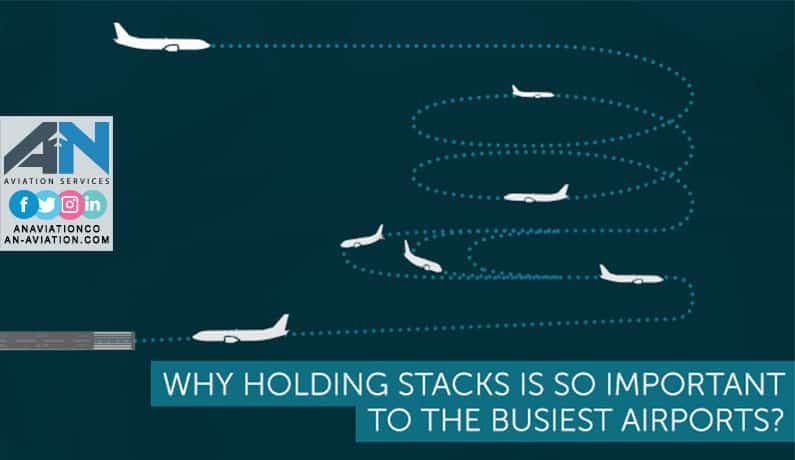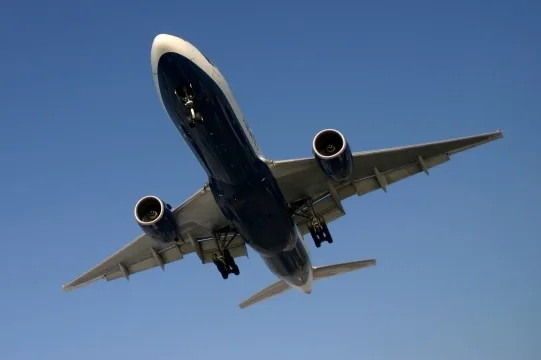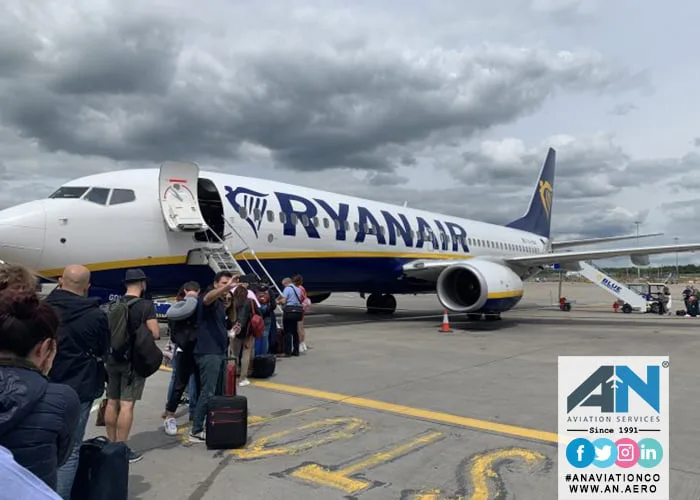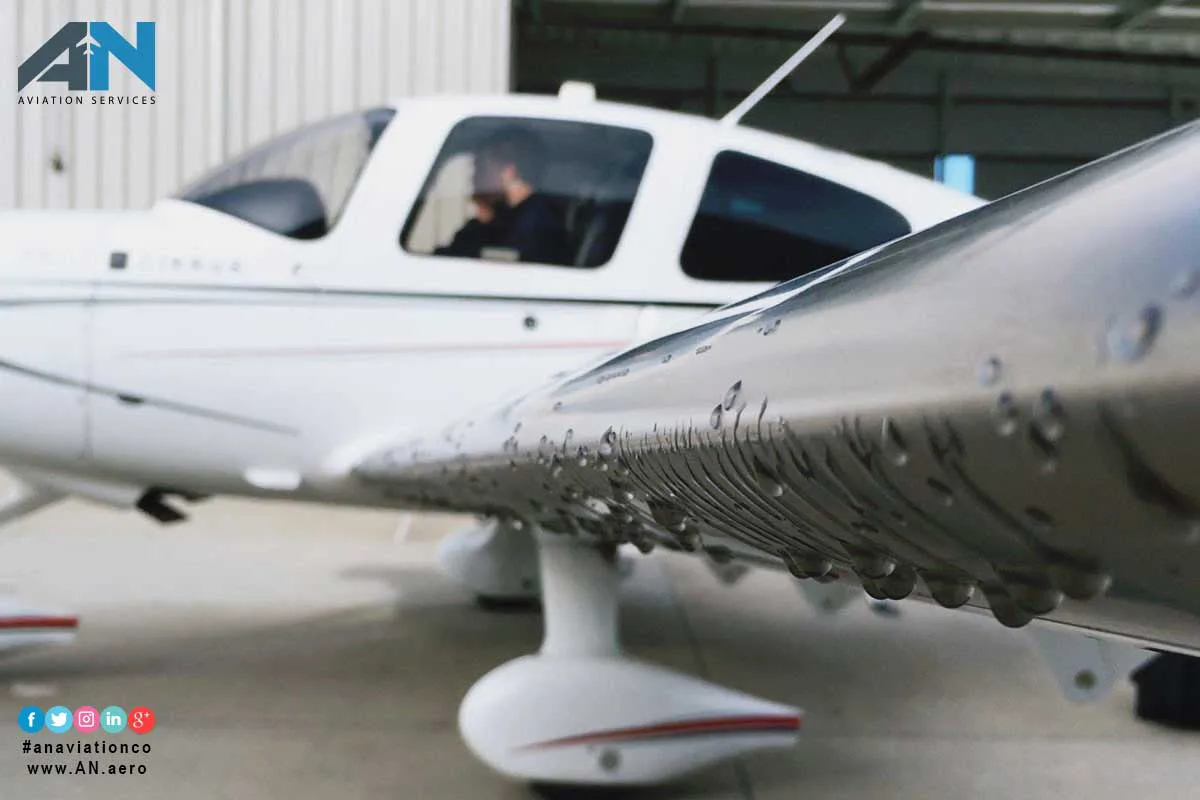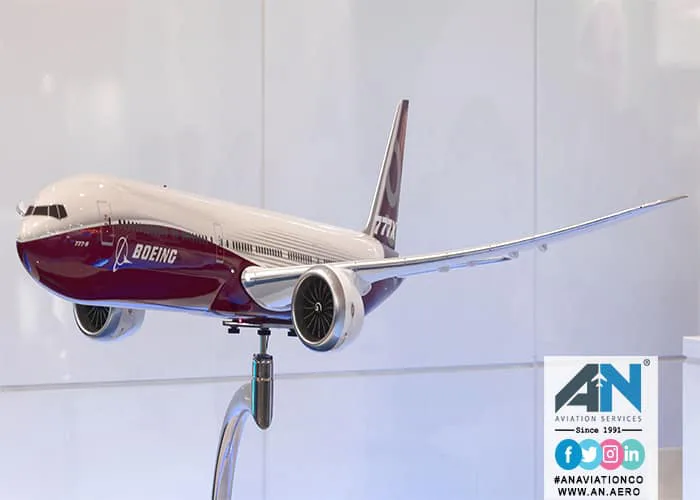
The phrase “emergency landing” might send a chill down the spine of any passenger or aviation enthusiast, conjuring images of planes descending under challenging conditions. However, emergency landings, while dramatic, are often the result of highly trained crews, well-coordinated teamwork, and expertly engineered aircraft systems coming together to protect passengers and crew.
While no one hopes for an emergency landing, these moments serve as powerful examples of the aviation industry’s commitment to safety. From mechanical malfunctions to medical emergencies, the stories of emergency landings highlight the resilience and skill of those tasked with making critical, split-second decisions.
In this blog post, we’ll explore what an emergency landing entails, some remarkable examples from aviation history, and how they demonstrate the strength of modern aviation safety protocols.
What Is the Emergency Landing?
An emergency landing occurs when an aircraft must deviate from its planned route to land immediately due to an unforeseen event. These situations can arise from a variety of causes, such as mechanical failures, engine issues, medical emergencies, severe weather, or even threats to security. Emergency landings are classified into different types, depending on the circumstances:
- Precautionary Landings: These occur when a potential issue, such as a warning light or a suspected problem, prompts the pilot to land as a precautionary measure, even if the situation isn’t immediately dangerous.
- Forced Landings: These happen when the aircraft is unable to continue flying and must land immediately. This could result from engine failure, fuel exhaustion, or other critical failures.
- Ditching: This refers to an emergency landing on water, a highly specialized maneuver that requires precise execution and often relies on the aircraft’s ability to float for a limited time.
Regardless of the type, an emergency landing prioritizes safety above all else, aiming to minimize risk to passengers, crew, and those on the ground. Pilots are trained extensively for such scenarios, and the procedures they follow are meticulously outlined in their operational manuals.
The Critical Role of Pilots in Emergency Landings
When faced with the need for an emergency landing, the pilot takes on the role of the ultimate decision-maker. It is their responsibility to assess the situation, communicate with air traffic control, and execute the landing with precision. The decisions made during these critical moments often determine the outcome of the situation.
For instance, pilots must decide whether to land at the nearest airport, return to their departure point, or identify an alternative landing site. If the aircraft cannot reach a runway, the pilot may need to evaluate other landing options, such as open fields, highways, or bodies of water. Communication with air traffic control is vital, as controllers can assist by clearing airspace, providing guidance, and alerting emergency services on the ground.
Modern aircraft are equipped with advanced systems that assist pilots during emergencies. From automated alerts to detailed diagnostic displays, these systems provide crucial information that helps the flight crew address the issue quickly and effectively. However, even with state-of-the-art technology, a successful emergency landing ultimately depends on the skill, experience, and calm judgment of the pilots.
Memorable Stories of Emergency Landings
Throughout aviation history, there have been numerous remarkable stories of emergency landings that showcase the resilience and expertise of flight crews and the robustness of aircraft engineering. Here are a few notable examples:
1- The Miracle on the Hudson (2009):
Perhaps one of the most famous emergency landings in modern aviation, US Airways Flight 1549, piloted by Captain Chesley “Sully” Sullenberger, made an emergency water landing on the Hudson River in New York City. Shortly after takeoff, the aircraft struck a flock of geese, causing both engines to fail. With no viable runway within reach, Captain Sullenberger executed a perfect water landing, saving all 155 passengers and crew on board. This event, known as the “Miracle on the Hudson,” is celebrated as a testament to exceptional piloting skill and quick decision-making.
2- British Airways Flight 9 (1982):
In an extraordinary tale of resilience, British Airways Flight 9 experienced a complete engine shutdown at cruising altitude after flying through a volcanic ash cloud near Indonesia. The crew managed to glide the aircraft out of the ash cloud, restart the engines, and land safely in Jakarta. This incident highlighted the importance of understanding natural hazards and adapting to unexpected challenges in flight.
3- Air Transat Flight 236 (2001):
Air Transat Flight 236 set a record for the longest glide of a commercial aircraft following a dual-engine failure over the Atlantic Ocean. The failure was caused by a fuel leak, but the flight crew skillfully managed to glide the aircraft for nearly 75 miles to a safe landing in the Azores, saving all 306 passengers and crew. This story is a testament to the rigorous training pilots undergo to handle fuel-related emergencies.
The Engineering Behind Safe Emergency Landings
The success of an emergency landing is not solely reliant on the pilot’s skills. Aircraft are designed with multiple redundancies and safety features to ensure they can handle even the most challenging situations. For example, modern planes are engineered to fly safely on a single engine or, in some cases, even glide without engine power.
Aircraft systems, such as hydraulics, electrical power, and flight controls, are built with backups to ensure continued functionality during emergencies. Additionally, features like reinforced landing gear, flotation devices for water landings, and fire suppression systems further enhance the aircraft’s ability to withstand emergencies.
These engineering advancements are coupled with thorough maintenance and inspection protocols to minimize the likelihood of in-flight issues. The aviation industry operates under strict regulations to ensure that every aircraft is fit for flight, reducing the risk of emergencies to an incredibly low probability.
What Happens After an Emergency Landing?
Once an emergency landing is executed, the priority shifts to ensuring the safety and well-being of passengers and crew. Emergency services are typically on standby at the landing site, ready to provide medical assistance, investigate the cause of the incident, and handle any necessary evacuations.
The incident is then thoroughly investigated by aviation authorities and, in some cases, the aircraft manufacturer. This investigation aims to determine the root cause of the emergency and identify any steps needed to prevent similar events in the future. Aviation is a field that continuously learns from every incident, using these experiences to improve safety standards and protocols.
Why Emergency Landings Are a Testament to Aviation Safety?
While the idea of an emergency landing may sound frightening, these events highlight the aviation industry’s commitment to safety. Pilots undergo rigorous training to prepare for such scenarios, and aircraft are built to withstand a wide range of challenges. Moreover, every emergency landing adds to the body of knowledge that makes flying safer for everyone.
Statistically, air travel remains one of the safest modes of transportation, with an incredibly low likelihood of accidents or emergencies. The stories of successful emergency landings demonstrate not only the skill of those involved, but also the resilience of the systems designed to protect passengers.
Conclusion: A Lesson in Preparedness and Expertise
The story of an emergency landing is not just one of technical precision and quick thinking—it’s also a story of human resilience, teamwork, and dedication. Whether it’s a pilot calmly gliding an aircraft to safety, air traffic controllers clearing the way, or engineers ensuring every component is reliable, these moments remind us of the extraordinary measures in place to keep aviation safe.
While no passenger hopes to experience an emergency landing, it’s reassuring to know that the aviation industry is prepared for such challenges. From the skill of the flight crew to the advanced technology of modern aircraft, every element is designed to turn potential crises into stories of success. The next time you board a flight, take comfort in knowing that even in the rarest of circumstances, the systems and people behind aviation are ready to bring you safely to the ground.


